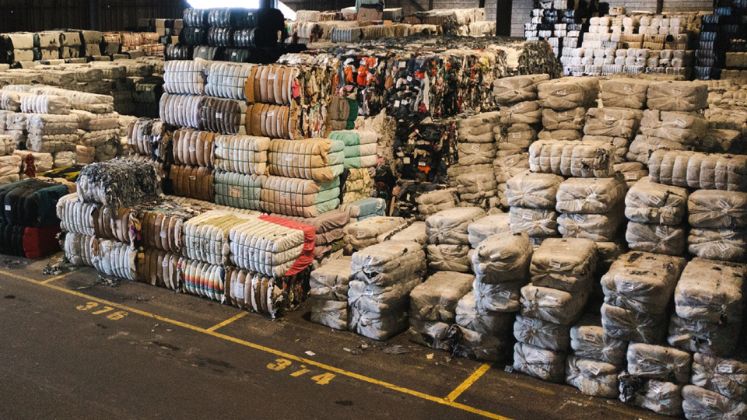
Researchers from the IVL Swedish Environmental Research Institute found a 92 per cent chance of achieving reduced climate impacts and a further 100 per cent chance of bringing water scarcity improvements, post the increase of textile-to-textile recycling rate by 10 per cent by 2035 in the EU.
Further, the study also projected a saving of as much as 440,000 tonnes of CO2 per year with this new approach and also elaborated that a minor change in textile-to-textile recycling could reduce the impact on climate by 87 to 95 per cent and a major change can lead to 62 to 98 per cent climate impact reduction.
While the researchers deemed this projection of textile-to-textile recycling as modest, they pointed out that the initiative is still significant as compared to the present number, which is just 1 per cent. Additionally, their study also addressed the lack of research on the environmental impacts of large-scale textile-to-textile recycling in the EU – an area, which the research team felt, was important in combating textile waste.
To aid this, the team did a comprehensive study on product cycles and took into consideration textile recycling variables, which included collection and sorting for recycling, increased recycling, reduced amount of textiles incinerated, minimised primary fibre production, and compensation for decreased energy production due to reduced incineration.
A Monte Carlo analysis –an analysis that uses repeated random sampling to churn out possible different outcomes – was used in this study, and the researchers also further calculated the possibility of change in result, if factors including EU energy decarbonisation rates and climate impact of reduced fibre changes were taken into account.
The researchers also stressed on the important factors that require care such as increased recycling and decreased primary fibre production, in the case of implementation of large-scale textile recycling. However, the authors also talked about the need for improvement in the existing recycling processes. They mentioned that recycling processes should be more energy efficient and the companies should ensure that the resultant recycled fibres are of high quality.






